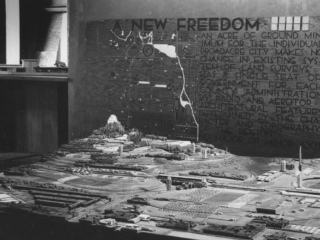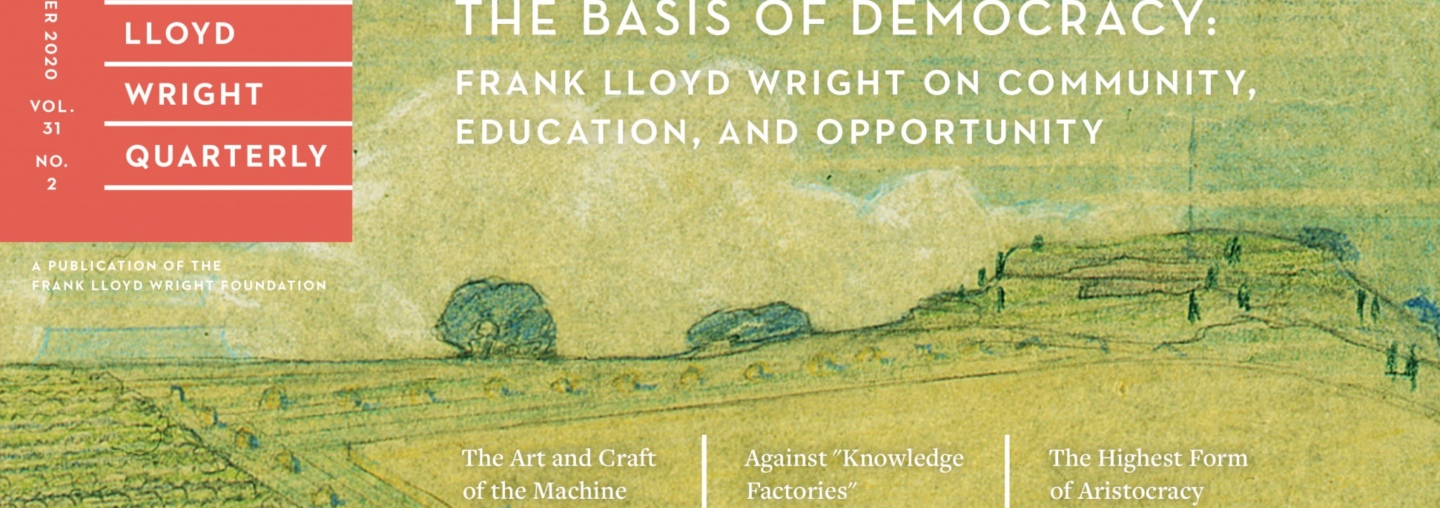
New Issue of Quarterly Magazine Explores “The Basis of Democracy”
Frank Lloyd Wright Foundation | Sep 25, 2020
We asked Jennifer Gray (curator, educator, and guest editor of the Summer 2020 Quarterly) five questions about Frank Lloyd Wright and the ways in which he promoted democracy through his work and writing.
As the Curator of Drawings and Archives at Avery Architectural & Fine Arts Library, Columbia University, and the guest editor of several previous issues of the Frank Lloyd Wright Quarterly magazine, Jennifer Gray knows her way around the Wright legacy.
In the current issue of the magazine (which is an exclusive benefit for members of the Foundation), “The Basis of Democracy: Frank Lloyd Wright on Community, Education, and Opportunity,” Gray explores how Wright seized upon the ways that industry, education, and architecture could foster more inclusive and equal communities. We spoke with Gray to learn more.
How did Frank Lloyd Wright think the machine could advance art and democracy?
Frank Lloyd Wright believed that the machine was capable of reducing waste and lowering costs. Mass production in factories had the potential to produce beautiful and high-quality products that were affordable to large numbers of people. The machine, if used properly, also had the potential to reduce human labor and the number of hours worked. This freed people to spend more time cultivating their passions.
How did Frank Lloyd Wright believe that he was building a better and more democratic education model when he established the Taliesin Fellowship?
He thought it was best to learn through active participation and collaboration rather than rote memorization and rigid standardization. At the Fellowship, he established a community that lived and worked together. They learned farming and performed manual labor, but they also learned about art, politics, culture, music, and philosophy. Wright believed such a well-rounded education advanced democracy because everyone shared in the work and pleasures of life.

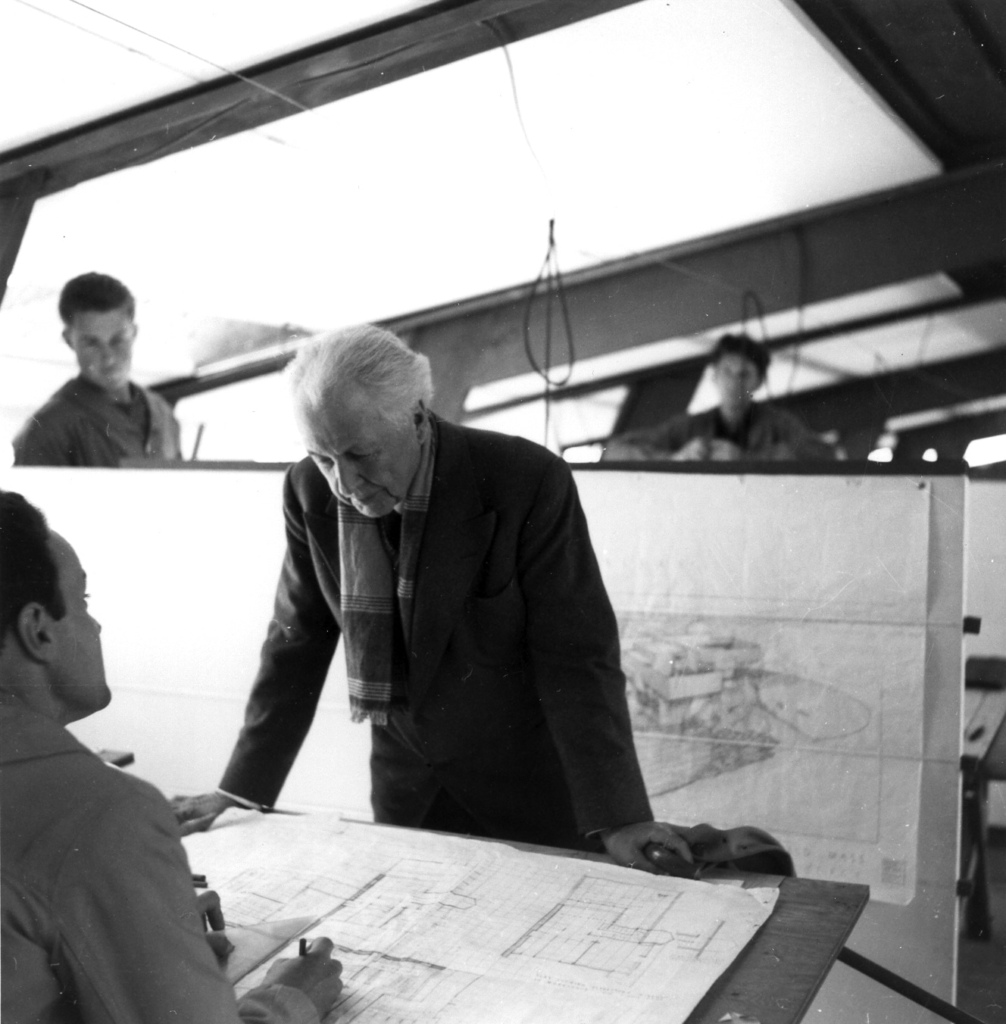
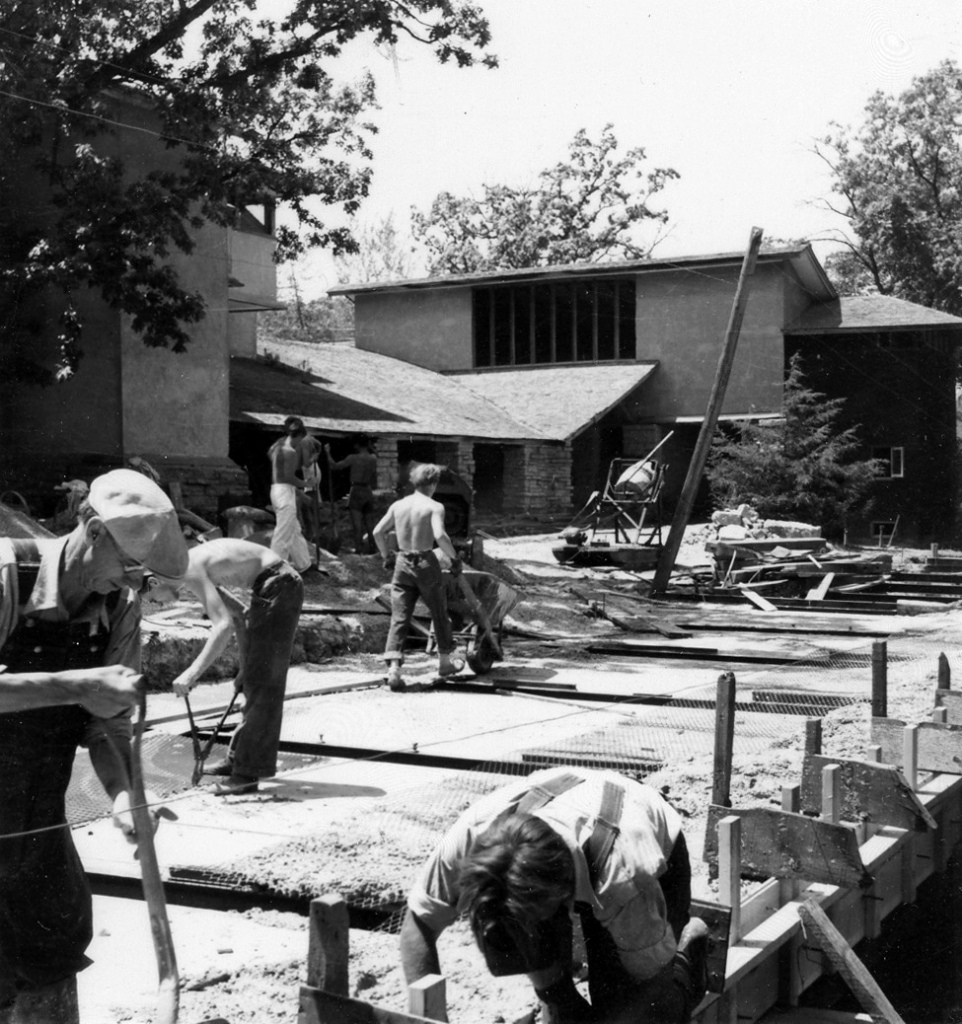
Above: life as part of the Taliesin Fellowship
Can you discuss Frank Lloyd Wright’s seemingly paradoxical belief that aristocracy is the highest form of democracy?
According to Wright, everyone should have the opportunity to expand their minds and pursue their passions, to “cultivate your inner aristocrat” as he would say. This ideal plays out in a project called Broadacre City, in which Wright proposed an array of changes to the economy, politics, and the built environment that he argued would create a more equitable society.
Most people are surprised to see Frank Lloyd Wright and affordable housing used in the same sentence. Can you tell us about some of Wright’s ingenious methods that he used to make architecture more accessible?
My favorite is a do-it-yourself building system. Wright developed a simple, concrete block system in the late 1940s that, in theory, allowed people to construct their own houses from concrete blocks. Even the blocks were DIY. The homebuilder was to use soil from her own land to cast the blocks by hand. The process was intended to dramatically reduce the cost of owning a home, thus democratizing access to homeownership.

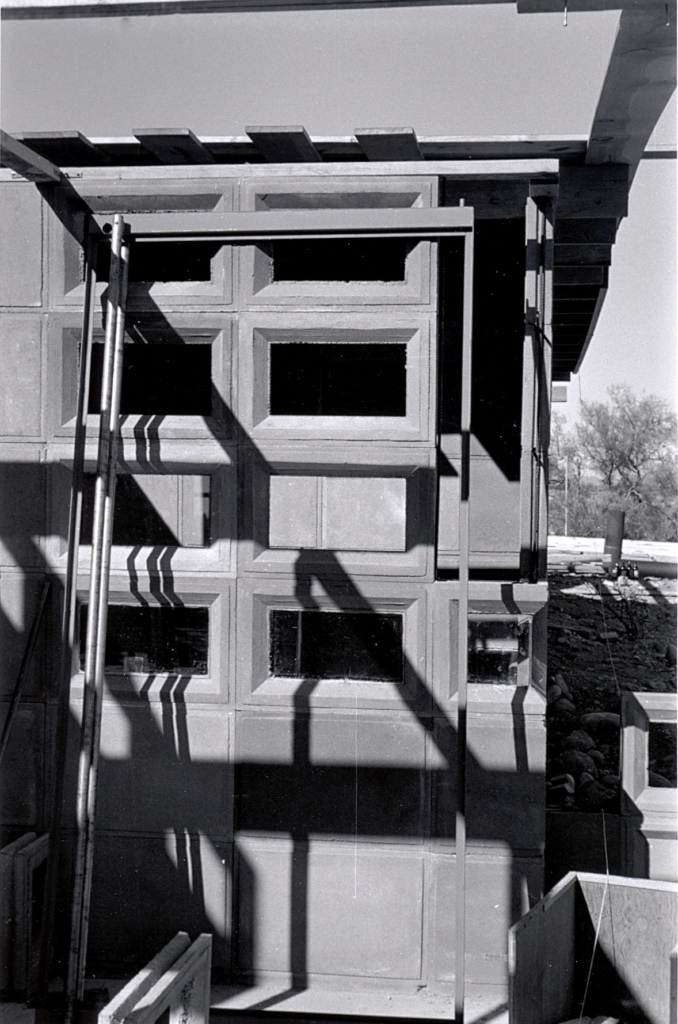
Above: designs from the Usonian Automatics series
What do you think is one of the most relevant philosophies steeped in Frank Lloyd Wright’s views on democracy that we can look toward or learn most from in our current time?
His understanding that individuals are also part of communities. Democracy is an ongoing process of balancing individual desires, including desires for wealth and consumption, with the needs and wellbeing of the whole community. He did not always live up to that ideal, but that’s a much longer story!
To learn more about this topic and to get this issue of the Quarterly along with a subscription to future issues, become a Frank Lloyd Wright Foundation member today.
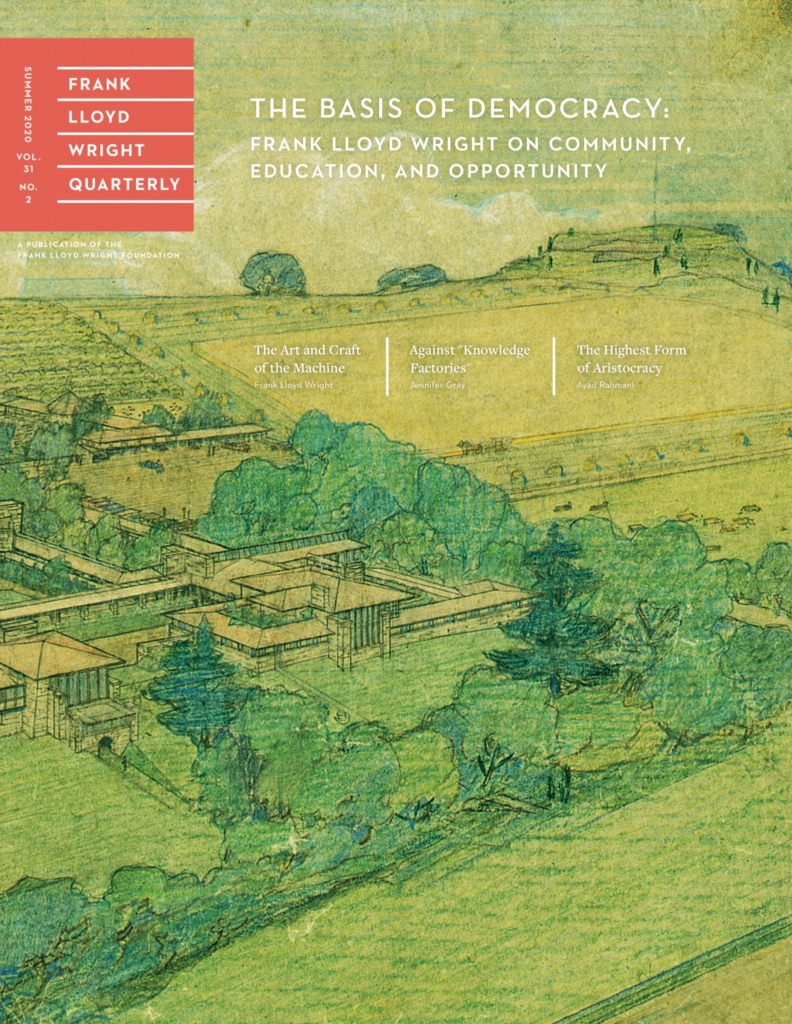
Jennifer Gray is Curator of Drawings and Archives at Avery Architectural & Fine Arts Library, Columbia University, where she also teaches in the Graduate School of Architecture, Planning, and Preservation. She studies modern architecture, with an emphasis on how designers and activists used architecture, cities, and landscapes to advance social and spatial justice at the turn of the 20th century. She recently curated two exhibitions on Frank Lloyd Wright, including “Frank Lloyd Wright at 150: Unpacking the Archive” at the Museum of Modern Art in New York. Her work has been published in journals of architectural history and critical preservation, and she is developing a book project on the Chicago architect Dwight Perkins.



